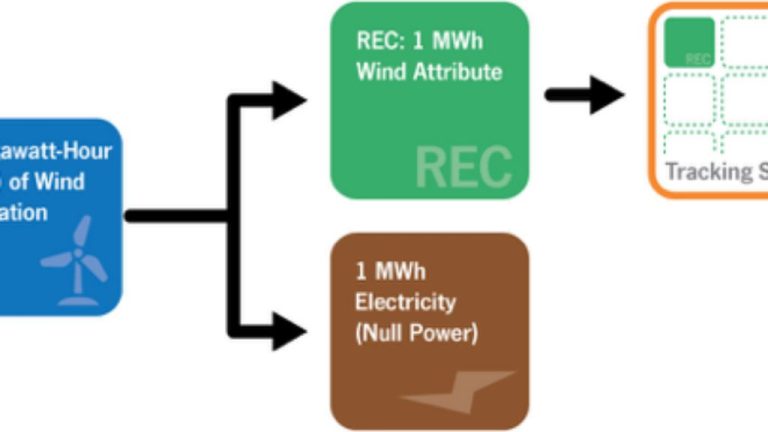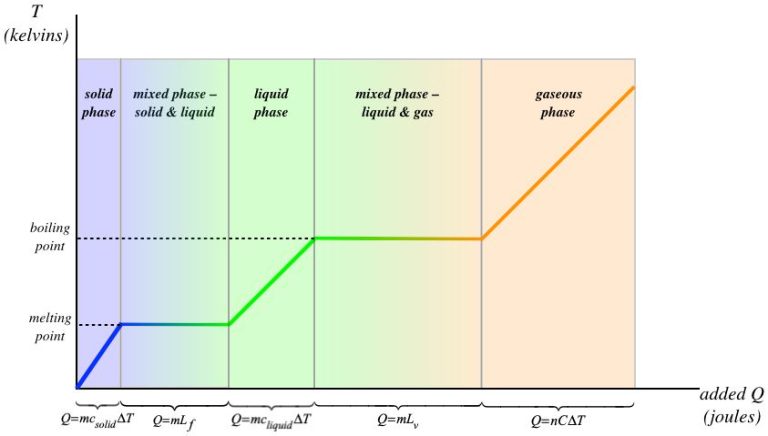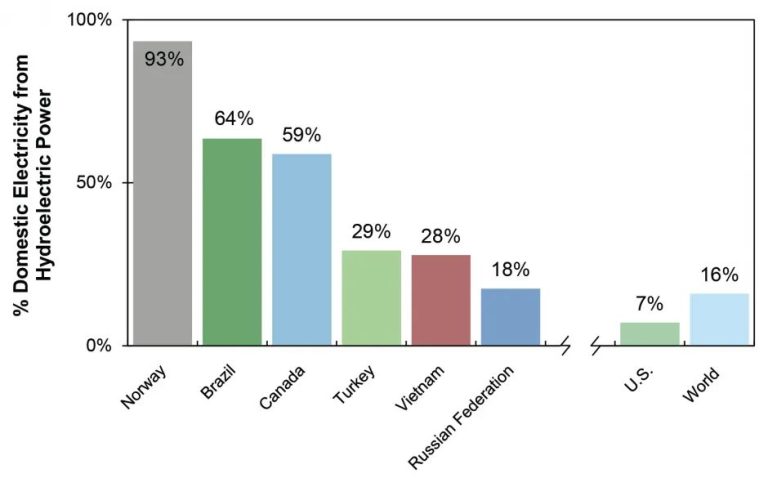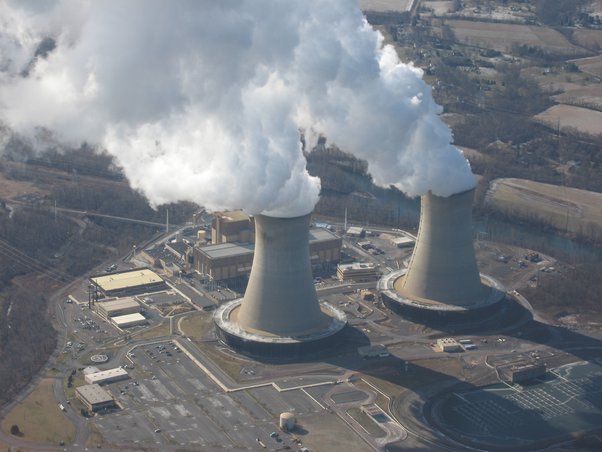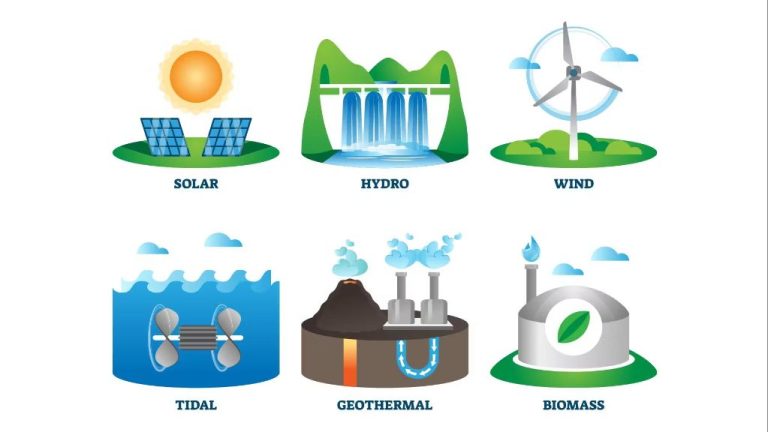Is Energy Healing And Reiki The Same Thing?
Energy healing and Reiki are two complementary health approaches that are based on the idea that healing energy can be channeled into a person to promote their health and well-being. While these practices share some similarities, there are also key differences between them.
Energy healing is a broad term that encompasses a range of therapeutic techniques which seek to activate the body’s own healing abilities by channeling energy from the healer to the patient. Techniques used in energy healing include Reiki, therapeutic touch, healing touch, and other forms of energy manipulation (Definition of energy healing – NCI Dictionary of Cancer Terms).
Reiki, on the other hand, is a specific energy healing practice that originated in Japan. It involves the practitioner placing their hands lightly on or just above the patient’s body to facilitate the flow of healing energy (What Is Energy Healing? – EverydayHealth). While Reiki falls under the umbrella of energy healing therapies, not all energy healing practitioners utilize Reiki techniques.
Origins and History
Energy healing techniques like Reiki have ancient origins, dating back thousands of years. The use of energy fields for healing purposes has been documented across many cultures, including ancient Egypt, Greece, Rome, India, and China (Oschman, 1996). Key developments include:
Reiki originated in Japan in the early 1900s. The term Reiki comes from two Japanese words – “rei” meaning universal and “ki” meaning life energy. Reiki was developed by Mikao Usui in 1922 as a spiritual healing practice. Usui claimed to have received the ability of ‘healing without energy depletion’ after meditating and fasting (IONS).
In the late 1800s and early 1900s, energy therapies using electricity, magnetism, and light gained popularity in the US and Europe as physicians explored new healing modalities (Oschman, 1996). This helped set the stage for more subtle energy techniques like Reiki to take hold.
Reiki was introduced outside of Japan by Hawayo Takata in the 1930s. She helped spread Reiki to the West after being trained and initiated as a Reiki master by Chujiro Hayashi, one of Usui’s students. Reiki began to take off globally in the 1970s and 1980s with the New Age movement.
Concepts and Principles
The core concepts behind both energy healing and Reiki involve working with the body’s energy systems. According to the Principles of Energy Medicine, energy is seen as a vital life force that greatly impacts health and wellbeing. Practitioners believe disruptions or imbalances in the body’s energy can manifest as physical or emotional problems.
There are various names for this energy depending on the tradition, including chi in Chinese medicine, prana in Ayurveda, and ki in the Japanese Reiki tradition. The basic idea is that this unseen energy flows through the body along pathways or meridians. Energy healers claim they can sense this energy, identify blockages or imbalances, and restore proper flow.
Reiki specifically operates on the premise that a “universal energy” can be channeled into the body by a trained practitioner to activate the natural healing processes and restore wellbeing on physical, mental, and emotional levels. The word Reiki comes from two Japanese words – rei meaning universal and ki meaning life energy. The main philosophical principle is the belief that healing energy can be summoned from the universe by someone attuned to Reiki.
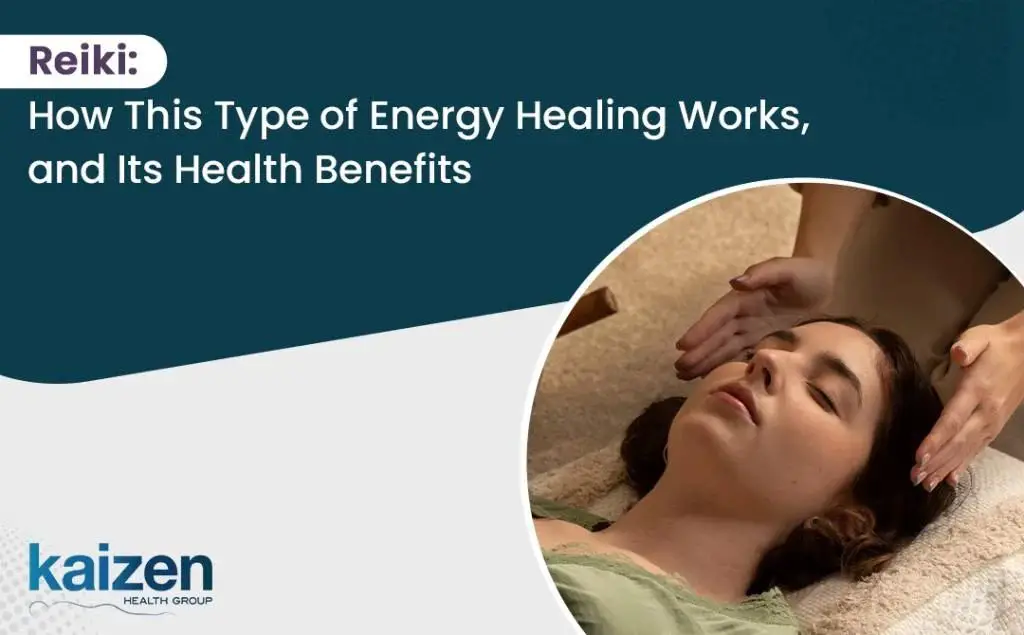
Techniques and Methods
Both energy healing and Reiki use specific techniques to facilitate healing, though the details differ between the two practices.
In Reiki, some of the core techniques include:
- Hands-on healing, where the practitioner places their hands lightly on or over the client’s body to transmit healing energy.
- Distant healing, where Reiki energy is sent to the client from a distance.
- Use of Reiki symbols, which practitioners learn during Reiki training. These symbols are focused on during healing sessions to strengthen and focus the flow of energy.
- Attunements, a process where a Reiki master opens and adjusts the student’s energy pathways to prepare them to practice Reiki.
Energy healing uses some similar techniques, as well as some unique ones, such as:
- Hand scanning, to sense energy imbalances in the client’s body.
- Aura cleansing, to clear blocked energy from the auric field.
- Chakra clearing, to remove energy blockages from the chakras.
- Crystal healing, using crystals to absorb negative energy and emit positive energy.
So while both Reiki and energy healing utilize hands-on healing, distant healing, and energy channeling through the hands, the specific symbols, attunements, and rituals involved differ between the two practices.
Effectiveness and Benefits
Both Reiki and energy healing practices have been shown to provide a number of benefits, according to research. Studies on Reiki specifically have found that it can help reduce anxiety, depression, stress, and pain in various populations.https://www.nccih.nih.gov/health/reiki-in-depth One review showed that Reiki was effective for treating pain and anxiety in cancer patients undergoing chemotherapy or radiation. https://www.everydayhealth.com/integrative-health/energy-healing/guide/
Research on energy healing in general has demonstrated its effectiveness for reducing anxiety, fatigue, stress and improving overall well-being. One study found energy healing provided significant reductions in anxiety in hospitalized patients. https://draxe.com/health/energy-healing/ Both practices involve transferring healing energy through the hands of the practitioner to the patient, which can help re-balance and restore proper energy flow in the body. This is thought to activate the body’s natural healing abilities.
Overall, studies show that Reiki and energy healing can have powerful stress reduction effects and help alleviate pain, anxiety, depression and fatigue in those receiving treatment. The evidence suggests they can be effective complementary therapies to support healing and wellness.
Similarities
Energy healing and Reiki share many similarities in their underlying philosophy, techniques, and reported effectiveness.
Both are forms of energy healing that involve channeling life force energy to bring about balance and well-being. As explained on intuitivereikihealing.com,
“Reiki and energy healing have the same goal of healing the body energetically and physically through manipulating energy fields.”
The fundamental idea is that we all have an energy field or aura, and energy blockages or disturbances in this field can cause illness and dysfunction. By channeling healing energy, practitioners aim to clear blockages, repair damage, and restore proper flow.
Some common techniques used in both Reiki and intuitive energy healing include:
- Hands-on healing, where the practitioner’s hands are placed lightly on or hover just above the body
- Distant healing, where energy is sent to a recipient remotely
- Chakra healing, focusing on aligning the energy centers of the body
- Aura cleansing and balancing
Many practitioners and recipients cite similar benefits from Reiki and intuitive energy work, including reduced pain, lowered stress and anxiety, enhanced sleep, and an overall greater sense of well-being. While more research is still needed, initial studies point to both approaches stimulating relaxation responses and supporting the body’s natural healing abilities.
Differences
There are some key differences between Reiki and energy healing practices:
- Reiki originated in Japan in the early 20th century and was founded by Mikao Usui, whereas energy healing has ancient roots in multiple cultures around the world.
- Reiki relies on specific hand positions and uses set sequences of placements over energy centers, while energy healing uses an intuitive process guided by the healer’s perception.
- Reiki is taught through formalized attunements that open access to Reiki energy, whereas energy healers develop abilities through a variety of paths like apprenticeships, trainings, or intuitive gifts.
- Reiki’s philosophical basis stems from Buddhist and Taoist ideas about life force energy, while energy healing philosophies vary greatly among cultural traditions and individual practitioners.
Some forms of energy healing borrowing techniques like hand placements from Reiki may appear similar on the surface, but have fundamental differences in history, training methods, and guiding philosophies.
Credentials and Training
To become a certified energy healer, most practitioners complete training programs that teach the principles, techniques, and ethics of energy healing. While there are no legal requirements for energy healers in most places, completing a formal training program from an accredited school is recommended.
Some of the top accredited energy healing schools in the U.S. include the Energy Healing Institute and programs like those offered on sites like Udemy. These programs teach a variety of energy healing methods through online courses, in-person workshops, and hands-on training.
The length and cost of energy healing training programs varies greatly. Shorter certificate programs may range from $200-$500 and can be completed in a few months. More comprehensive certification programs that lead to qualifications like Certified Energy Health Practitioner may cost $1,000-$4,000 and take 6 months to 2 years to complete.
Training focuses on developing an understanding of energy and the body, learning techniques like clearing and balancing energy through modalities like Reiki or qigong, following ethical standards, and practicing skills. Programs also cover topics like anatomy, self-care, client sessions, and business practices.
Use in Healthcare
Energy healing and Reiki have become increasingly integrated into hospitals and clinics over the past couple decades. A number of major hospitals and medical centers now offer Reiki as part of their services, including Boston’s Dana-Farber Cancer Institute, New York’s Memorial Sloan Kettering Cancer Center, and Children’s Hospitals in California and Colorado (source). Many nurses are becoming certified Reiki practitioners to offer treatments to patients alongside standard medical care.
According to the non-profit organization Reiki In Hospitals, benefits seen in patients receiving Reiki include faster healing, reduced pain, decreased anxiety and depression, and improved sleep (source). A 2011 study also found Reiki provided stress reduction and comfort for cancer patients (source).
While Reiki is becoming more accepted, some physicians still express skepticism over its scientific validity. However, proponents argue it can complement conventional treatment and improve patient well-being. More research is still needed to demonstrate Reiki’s efficacy and gain wider medical acceptance.
Conclusion
In summary, energy healing and Reiki share some key similarities in their history, principles, and techniques, but also have some notable differences. Both work with the idea of a universal life force energy that can be channeled for healing, and use light touch or hands held just above the body. However, Reiki has a more defined history originating from Japan, utilizes specific hand positions, and involves attunement ceremonies for passing on Reiki abilities. Energy healing is a broader term with many variations developed across cultures. While both are growing in popularity and use in healthcare settings, Reiki has more established training protocols and credentials.
Overall, Reiki can be considered one specific type of energy healing, with its own lineage, principles and techniques. Yet both practices share the goal of working with energy to restore balance, aid relaxation, reduce pain, accelerate healing, and promote wellbeing. More research is still needed, but evidence supports the benefits of these modalities as complementary therapies. Energy medicine will likely continue growing in acceptance and utilization when combined with standard medical treatment.

